Yellow caution flashes again 12 years after audit condemns city department Researcher’s concerns about public works’ traffic signals division underscore myriad operational, record-keeping issues highlighted in 2010 report
Read this article for free:
or
Already have an account? Log in here »
To continue reading, please subscribe:
Monthly Digital Subscription
$0 for the first 4 weeks*
- Enjoy unlimited reading on winnipegfreepress.com
- Read the E-Edition, our digital replica newspaper
- Access News Break, our award-winning app
- Play interactive puzzles
*No charge for 4 weeks then price increases to the regular rate of $19.00 plus GST every four weeks. Offer available to new and qualified returning subscribers only. Cancel any time.
Monthly Digital Subscription
$4.75/week*
- Enjoy unlimited reading on winnipegfreepress.com
- Read the E-Edition, our digital replica newspaper
- Access News Break, our award-winning app
- Play interactive puzzles
*Billed as $19 plus GST every four weeks. Cancel any time.
To continue reading, please subscribe:
Add Free Press access to your Brandon Sun subscription for only an additional
$1 for the first 4 weeks*
*Your next subscription payment will increase by $1.00 and you will be charged $16.99 plus GST for four weeks. After four weeks, your payment will increase to $23.99 plus GST every four weeks.
Read unlimited articles for free today:
or
Already have an account? Log in here »
Hey there, time traveller!
This article was published 22/02/2022 (1386 days ago), so information in it may no longer be current.
Allegations of financial mismanagement in the transportation division of the public works department should not come as a surprise at city hall.
A damning 2010 audit into the traffic signals branch found a lack of basic standards and an inability to track the cost of construction projects due to poor record-keeping and oversight.
The report was authored by city auditor Bryan Mansky — the same person Coun. Matt Allard (St. Boniface), chair of the public works committee, asked to review the findings of independent researcher Christian Sweryda.
Allard is requesting an audit Wednesday at the Riel Community Committee.
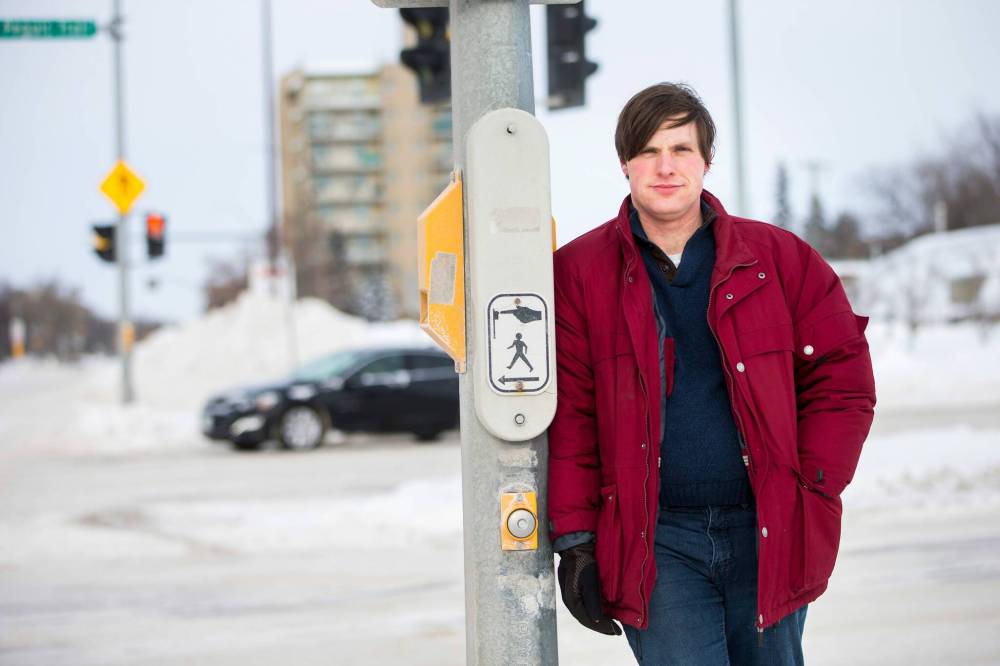
Sweryda has spent hundreds of hours cataloguing and tracking the changes to intersections in Winnipeg. His findings point to financial mismanagement in the public works department.
That research is the basis of an ongoing Free Press investigative series: Red Light, Green Light, No Oversight. This is Part 3. (Read Part 1 and Part 2.)
Mansky’s final report into the traffic signals branch was released in November 2010.
The report concluded the department lacked a “formalized mission statement” and did not have elementary strategies or plans in place among staff.
“Few performance measures have been established by the Traffic Signals Branch to monitor how effectively and efficiently they are managing the city’s traffic signal operations,” Mansky wrote.
Traffic signals branch performance audit, 2010
The audit concluded that a study was needed to “review overall resource requirements in order to run an efficient and effective traffic signal operation.”
Mansky wrote that the “ineffective operation and maintenance of traffic signals may have safety implications and contributes annually to millions of hours of unnecessary traffic delays, congestion, fuel consumption and air pollution.”
Significant overtime costs were flagged as a cause of concern ($1.1 million in a three-year span for a 32-person department). In 2009 alone, 12 staffers took home more than $20,000 in overtime pay.
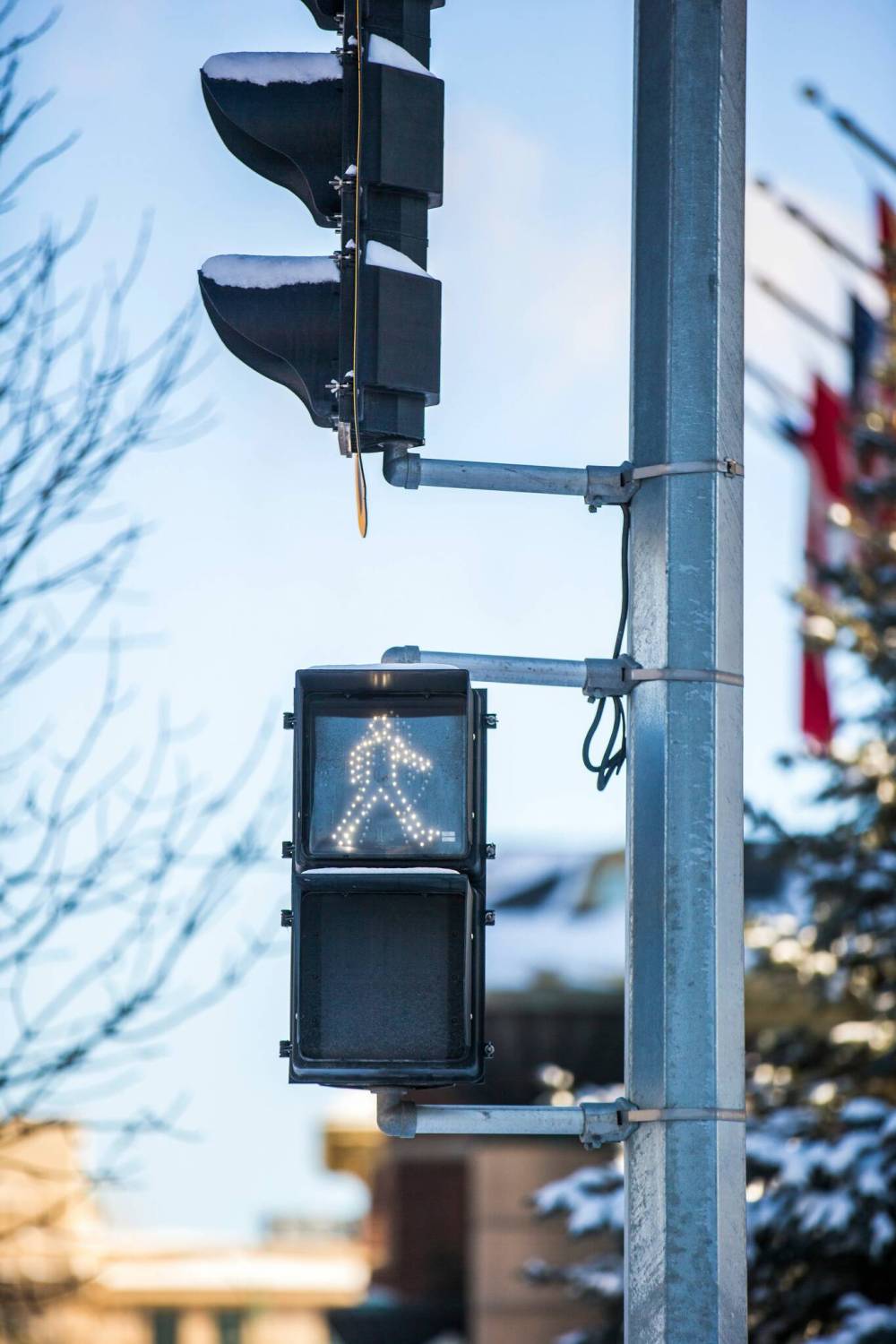
The department lacked policies on “preventative maintenance” of traffic materials, and where such work did happen, it was performed on an ad hoc basis.
The lack of preventative maintenance increased the need for “reactive maintenance,” which was identified as a main contributor to skyrocketing overtime costs.
There were also serious concerns about the department’s ability to “hire or retain qualified staff.”
Most concerning, however, was the department’s lack of financial records, which — in turn — increased the likelihood of significant cost overruns on capital projects.
No formalized priorities were in place for the work the department was doing, and staff consistently showed difficulty completing projects on time.
Financial management of capital projects “needs significant improvement,” Mansky wrote, as the department does not track “costs by phase or corridor,” nor calculate “staff resource requirements and the estimated date of completion” for specific aspects of work.
“As a result, the project may be at risk for budget overruns,” Mansky wrote.
Record-keeping practices were so bad that Mansky was “unable to assess whether the intersections completed to date were completed within budget for that intersection.”
The City of Winnipeg regularly publishes reports on the implementation of audit recommendations. The reports are public-record documents and are listed on the city’s website — although they go back only to 2014.
The Free Press requested the city provide the implementation of recommendations report for the traffic signals branch audit. A city spokesman said it could not be provided by deadline Tuesday.
The 2010 audit identified practices within the department that are consistent with Sweryda’s findings, particularly as it relates to record-keeping and inefficient work habits.
One pattern Sweryda has uncovered involves pedestrian lights, most of which in Winnipeg were installed to face the same direction as the traffic lights at any given intersection.
Starting in 2011, work crews did a mass change of the orientation of pedestrian lights. Instead of facing the same direction as the traffic lights, they were flipped.
To Sweryda, it looked like a deliberate campaign of busy work with no tangible impact or improvement. That campaign continued until 2018.
In the years since, work crews have gone back and reversed the work at many intersections, flipping the pedestrian heads to face the same direction as the traffic lights once again.
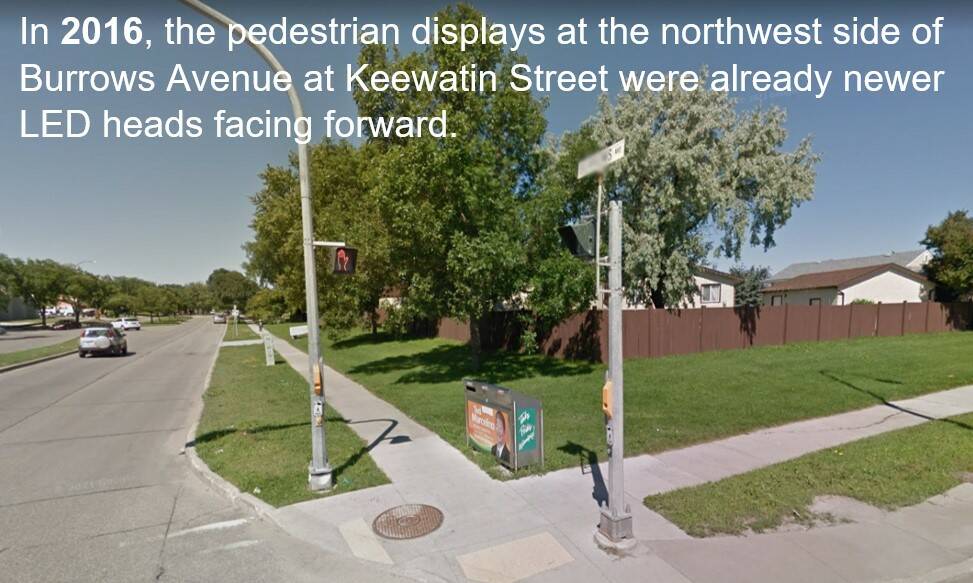

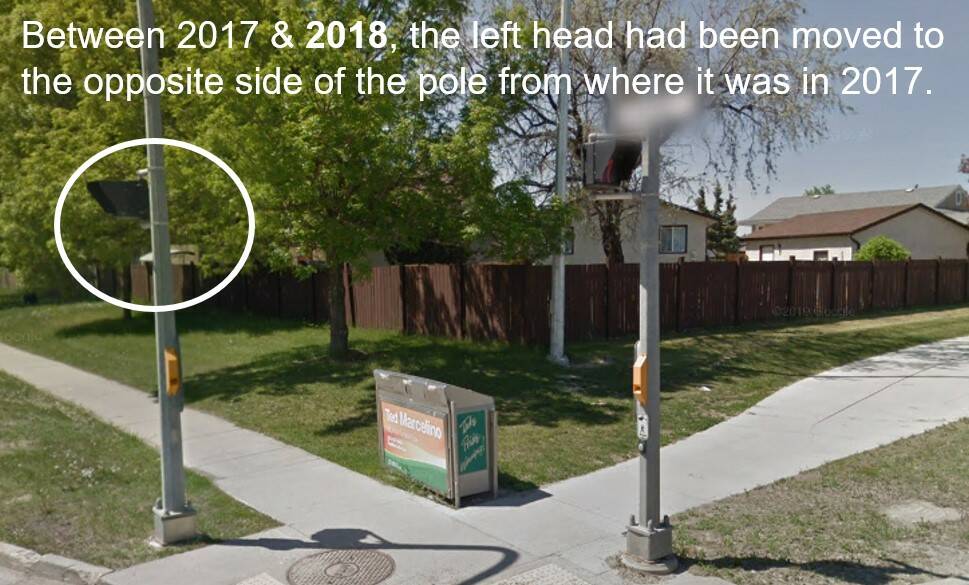
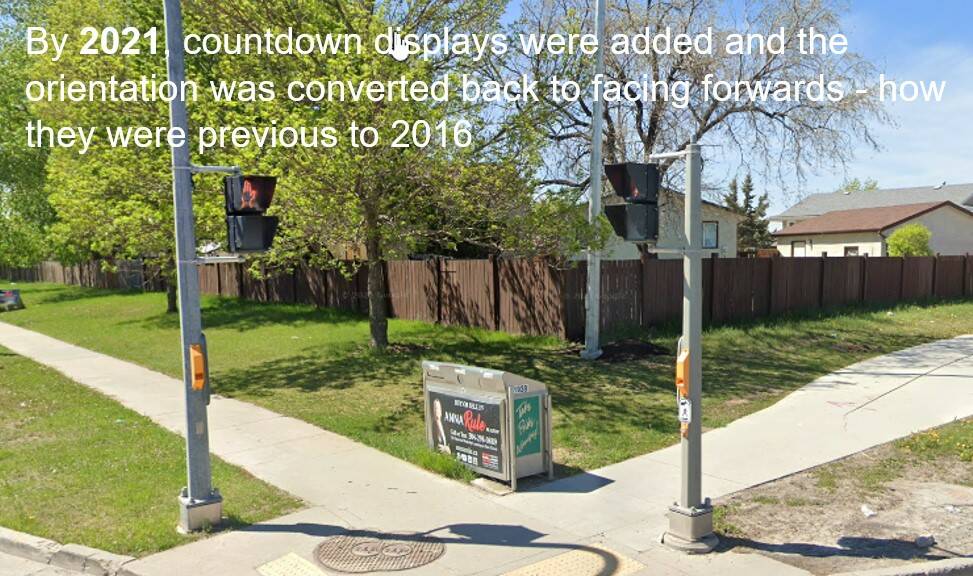
It’s just one example of work being done only to be undone soon after. In 2015, work crews went around installing traffic poles with double arms to hold extra traffic lights. Then in 2016, the majority of them were removed.
By 2020, Sweryda had begun to notice unnecessary traffic lights at various intersections around Winnipeg — some of which were needlessly confusing and appeared to negatively impact road safety. He contacted the city to ask why that was the case.
In an email obtained by the Free Press, David Patman, the manager of the transportation division, was unable to provide an explanation for the seemingly unnecessary work and inefficient use of resources.
Patman said the underlying problem to many of Sweryda’s inquiries was the city’s assets and network had been “permitted… to become an inventory that lacks documentation and is inconsistent.”
“This is a known problem,” Patman wrote, on April 7, 2021.
Twitter: @rk_thorpe

Ryan Thorpe likes the pace of daily news, the feeling of a broadsheet in his hands and the stress of never-ending deadlines hanging over his head.
Our newsroom depends on a growing audience of readers to power our journalism. If you are not a paid reader, please consider becoming a subscriber.
Our newsroom depends on its audience of readers to power our journalism. Thank you for your support.



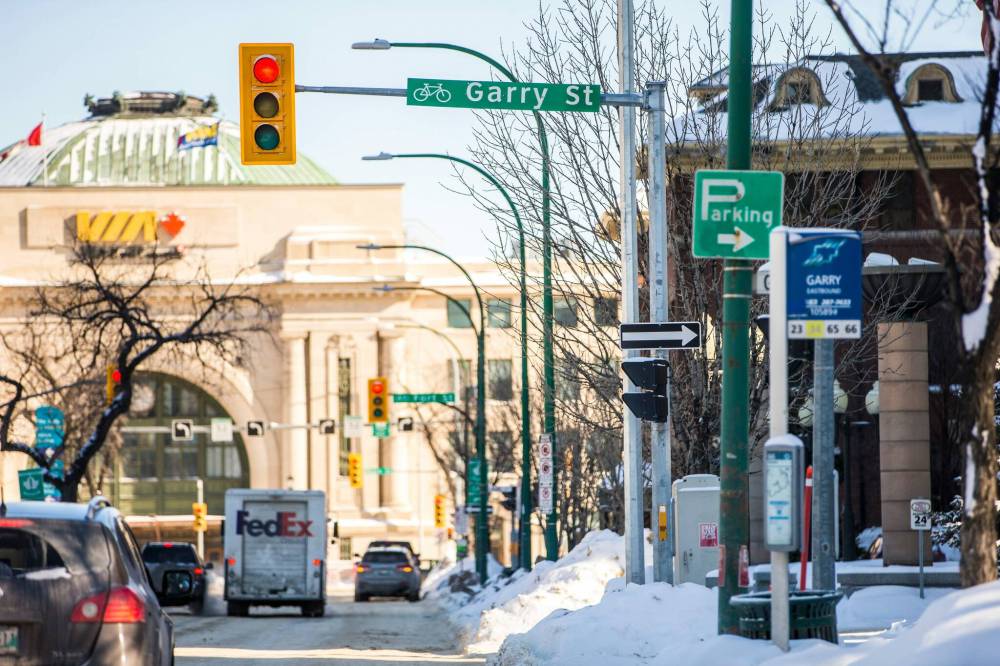
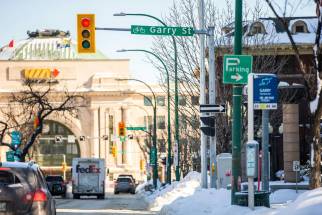


.jpg?h=215)


